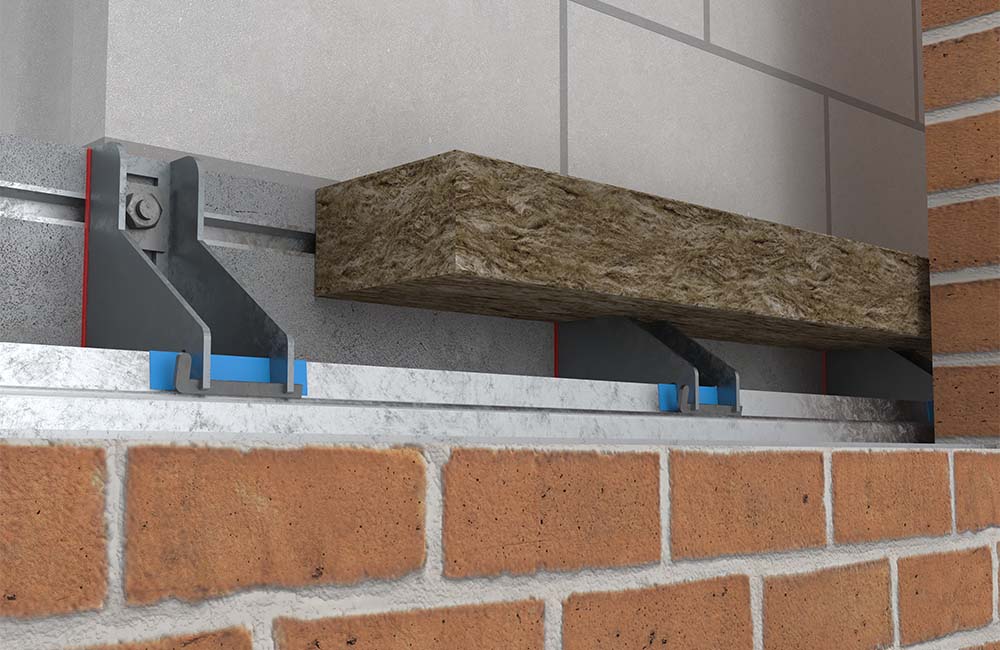
For nearly 60 years, PFC Corofil has been one of the UK’s leading manufacturers in passive fire protection products, helping to maintain the safety of many different building types, right across the UK. Offering a wide range of fire-stopping products and systems that meet the requirements of current national building regulations, PFC Corofil explains the importance of passive fire protection for Brickwork façades.
We need to understand that passive fire protection comprises different components within a system. These components work together to impede or slow the spread of fire throughout the building.
Concealed cavities within a building form the ideal space through which a fire can spread rapidly. Whether this space is within a floor, ceiling, wall or external façade, fire protection must be included.
The passive fire protection products used in brickwork façades offer something of a design conflict as they must maintain breathability while preventing smoke and fire from passing through.
Both Cavity Barriers and Fire Stops are elements of passive fire protection, each serving a slightly different purpose.
Cavity Barriers are used in concealed spaces, such as those found in cavity walls and ceiling voids. They are used to prevent smoke or flames from penetrating the area and to restrict the movement of fire within a building.
Fire Stops are designed to seal or close any gaps between the building structures which are required to be fire resistant. They can also be installed at any junction or joint within the fire protection element.
While the cavity between the brickwork façade and the interior wall does have its benefits, it can also act as a funnel or a chimney, pushing smoke, heat and flames upwards. This can lead to the rapid spread of fire.
To combat this, PFC Corofil have recently made some additions to their range of cavity fire barrier product. These products can be placed within the façade cavity, and while the brick is non-combustible, the addition of the fire protection system ensures that the façade meets all relevant fire safety measures.
PFC Corofil and Encon work with Brickwork Contractors as well as Specialist Contractors who work solely on brick façades. We supply a broad range of passive fire protection solutions from PFC Corofil that are backed by superior test data when compared to similar products as well as being tested and certified by 3rd party fire test laboratories.
View PFC Corofil’s range of passive fire protection products or download their Brickwork Product Brochure.